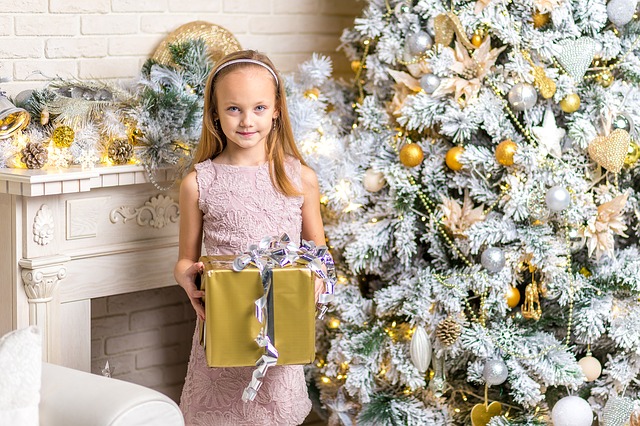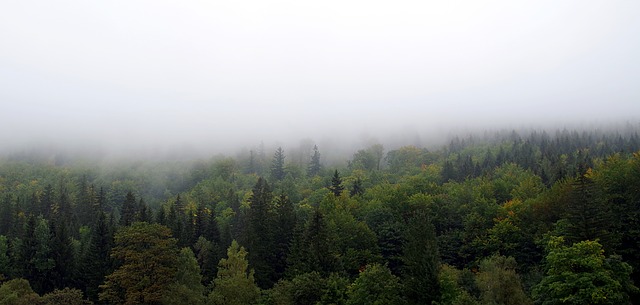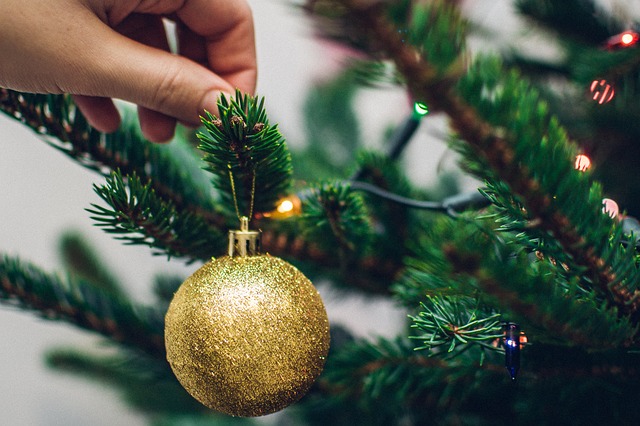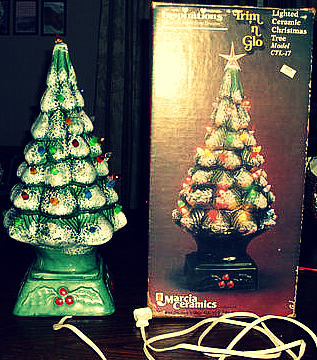Some might say that the debate between different types of Christmas trees is almost as old a the festivity itself. Every holiday season people reason which kind of Xmas tree decoration is best.

Is buying a real Christmas tree good for the environment? Are there any negatives to buying a fake tree? As a first-time or even veteran tree buyer, you might be confused at all the opinions out there.
Let’s make this process for you a little more straightforward by comparing the different types and adding a few lesser known alternatives to the mix.
The Real Deal: Naturally Grown
The numbers don’t lie. Millions of real grown Christmas trees and sold in the United States every year. For many, it is pure nostalgia. When they smell a real Xmas tree, it brings back so many memories of past holiday seasons.

However, cleaning afterward can be a drag since these plants often make a big mess. We recommend using a Christmas tree skirt like this to make the cleaning process more manageable.
Either way, the atmosphere these trees create are timeless. Besides the obvious benefits it’s also an excellent choice since:
- It’s a local business that you support as there are hundreds of tree farms all over the United States.
- National Tree Associations estimate the industry helps employ over 100 000 people.
- The growth of these plants helps produce oxygen.
- They are good for the environment and can be recycled.
- Most trees can grow in a type of soil that is unsuitable for growing crop.
Artificial Xmas Trees
Artificial trees host their own range of pros and cons. Some argue more cons than pros, but the benefits just can’t be ignored. I get it, buying these products are easy.

They look good, come in many shapes and designs, can last for more than five years and needs no watering or maintenance. However, people often forget to think about the impact they might have. Here are some negatives to keep in mind:
- Usually, most of these trees are made in China which means the local economy does not get supported.
- The argument is that a lot of energy and fuel goes into transportation which is terrible for the environment, worse than with natural trees.
- Most artificial Xmas trees are created with PVC, a plastic material which is not biodegradable.
Additional types to consider
Ceramic Christmas Trees

Take a step back into the late 1900’s and take a look a Xmas decoration that is making its way again into the homes of people all around the world.
I don’t suggest using this as your Christmas decoration focal point, but as an extension it’s great. These Ceramic Christmas trees, as seen here, are much smaller than artificial or real ones, but the details are mesmerizing.
What’s great is that it often becomes a family heirloom handed down from generation to generation by mothers and grandmas and other family members. You can get them in different styles (with lights or without) and colors (green, white, pink, blue).
The second-hand market for these is ever growing making them reasonably easy to come by.
Potted Trees
If you’re climate and gardening skills allow it, you could consider growing a tree and purchasing a potted version. Although it requires some work, you could cut down on a lot of costs and these are even sold as “potted living tree” versions that are delivered straight to your door. After the holiday season, you could keep the tree and replant it in your garden or donate it to a local park.
Which one to choose?
The ugly truth is that each Xmas plant type, whether it be natural, artificial, ceramic or potted each have their own pros and cons.
The experts say that a real tree has less of a footprint than an artificially made one which requires much more energy to create, distribute and so on.
So, if your wallet allows it and you have enough room, why not go for a real Christmas tree? Otherwise a ceramic or even potted version isn’t a bad idea either.
For more Christmas decorations and tips check out christmastreesource.com.

